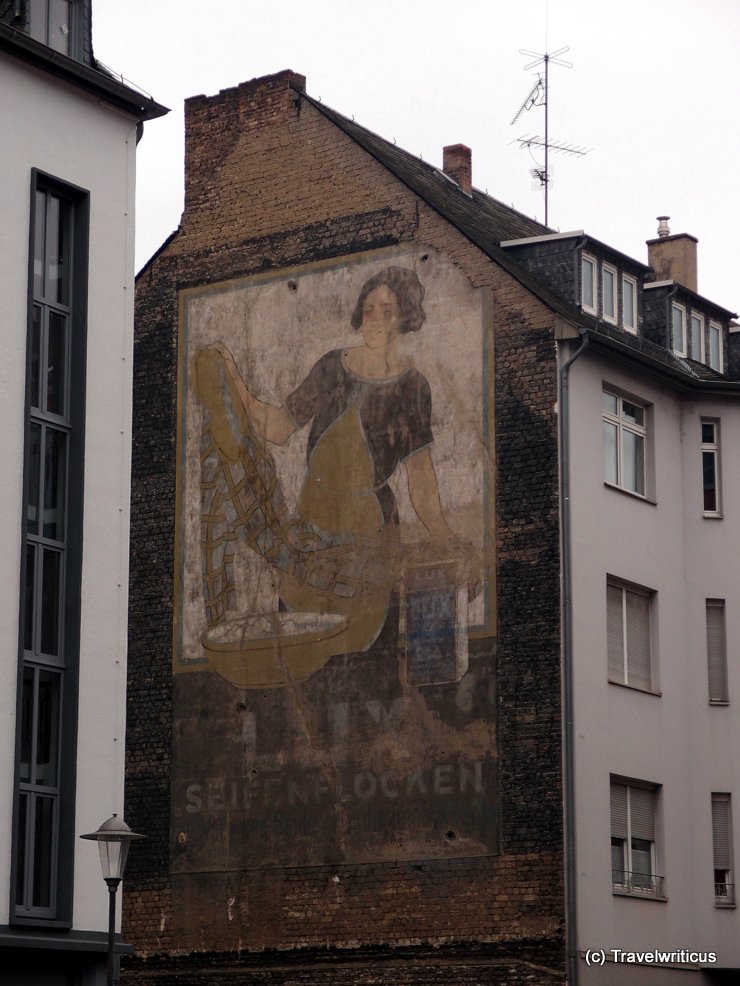
Opposite my hotel in the German city of Koblenz, I came across this ghost sign covering the front wall of a building. In earlier times, it promoted soap flakes known as LUX Seifenflocken.
You only see what you know (Goethe)

Opposite my hotel in the German city of Koblenz, I came across this ghost sign covering the front wall of a building. In earlier times, it promoted soap flakes known as LUX Seifenflocken.
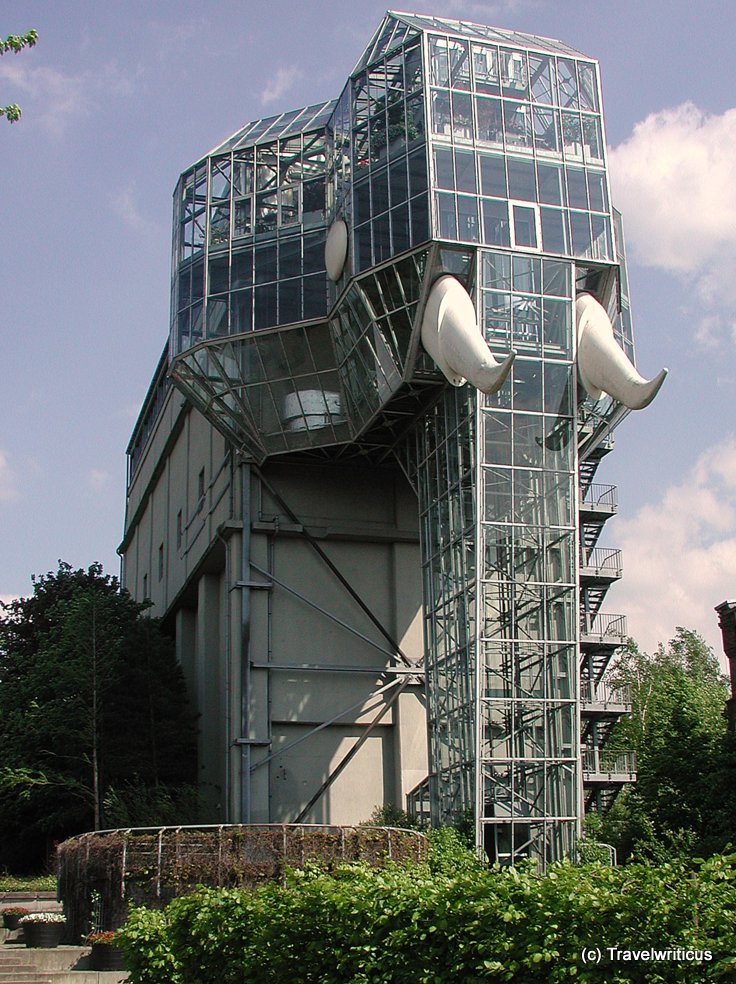
The biggest attraction in Maximilianpark is undoubtedly the glass elephant, which uses the building of the former coal washery. A butterfly house and a museum railway complete the offer for young and old. [German]
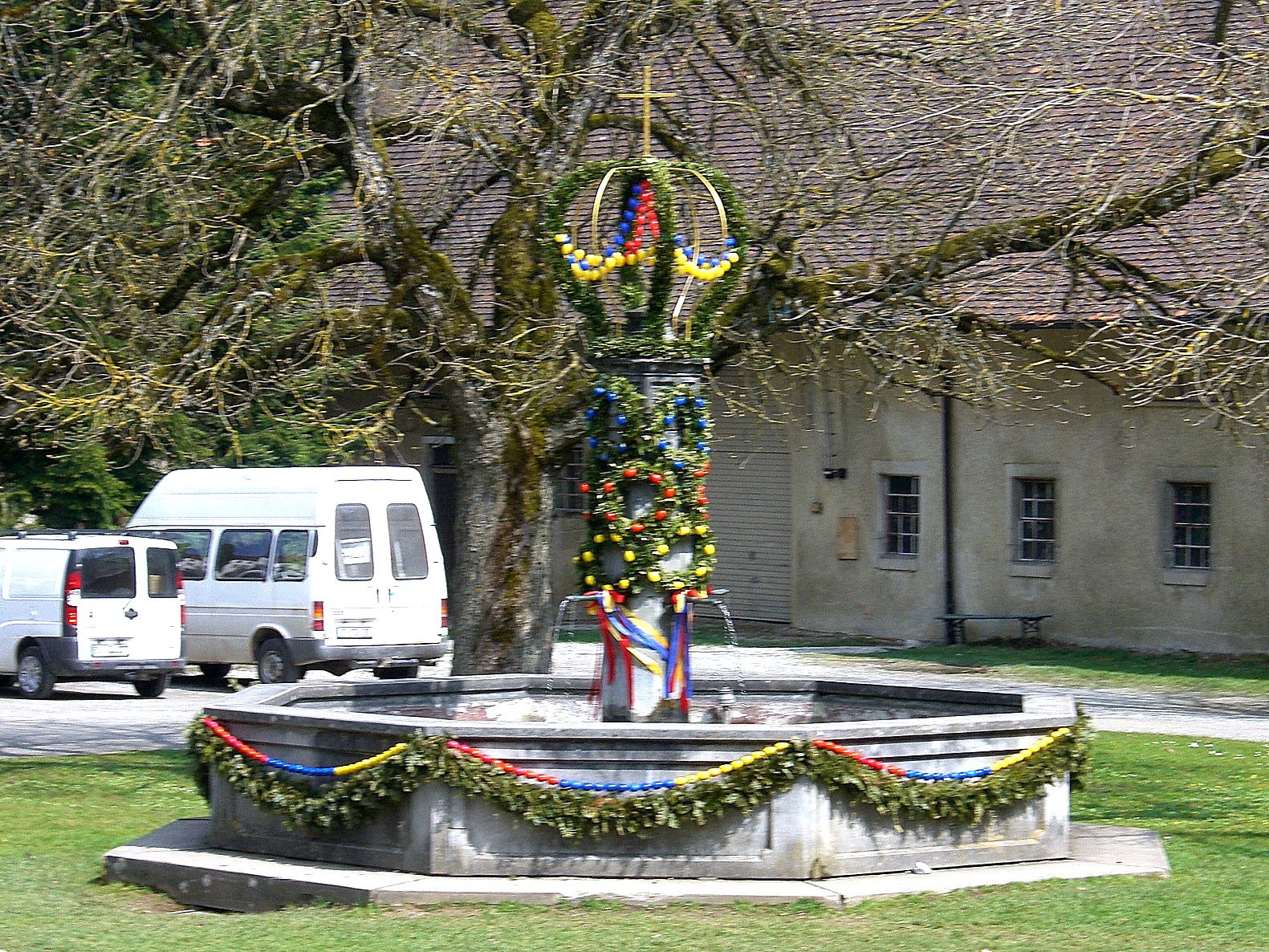
Decorated Easter Wells (Osterbrunnen) are a German tradition dating back to the early 20th century. The first examples developed in Franconian Switzerland (Fränkische Schweiz). In the meantime, more and more Easter Wells and Fountains have arisen in other parts of Germany.
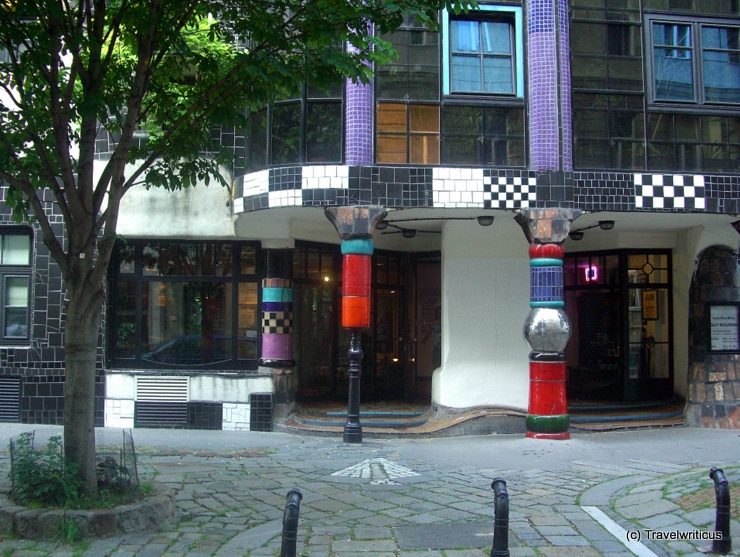
There is a splash of colour in the grey streets of the 3rd district of Vienna: the Kunsthaus Wien. The former furniture factory for Thonet chairs now houses a museum for Friedensreich Hundertwasser and shows photo exhibitions that attract attention.
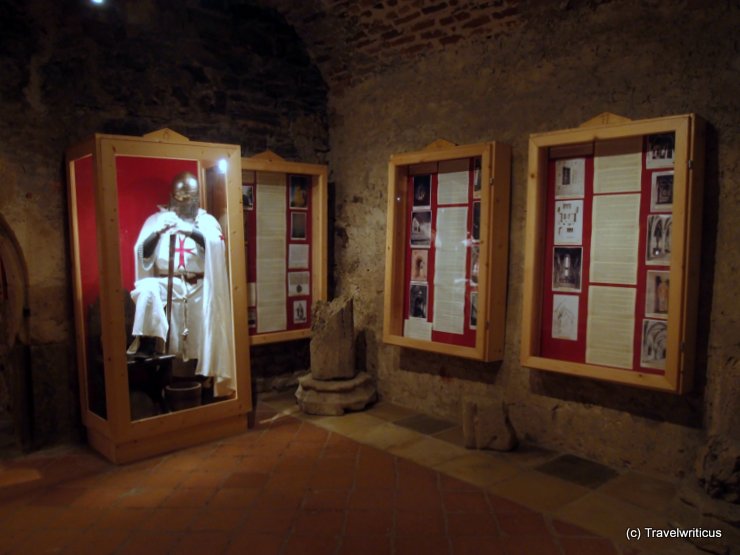
The Templar Museum at Lockenhaus Castle (Austria) presents the history of the Knights Templar. Besides that, it tells about Austrian places related to this military order.
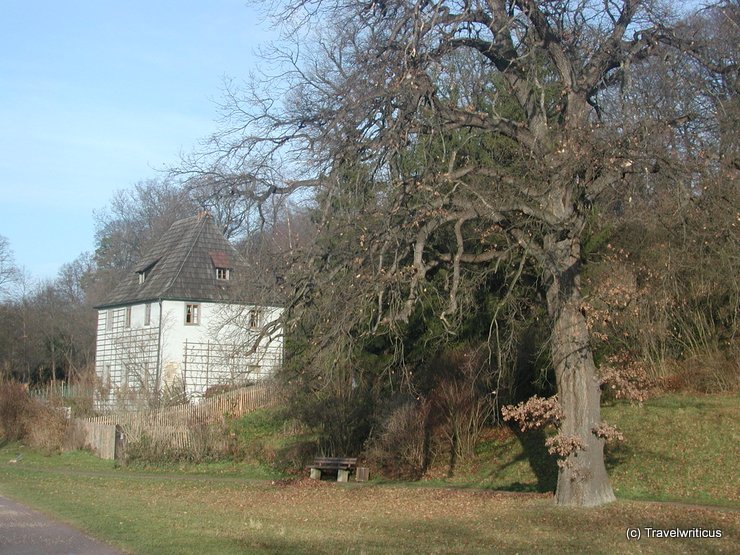
The Goethe garden house is a building in the Ilmpark of Weimar. It was Goethe’s home and workplace until he moved to the Frauenplan in June 1782. Here, he wrote the famous ballad of the Erlkönig and the poem To the Moon. [German]
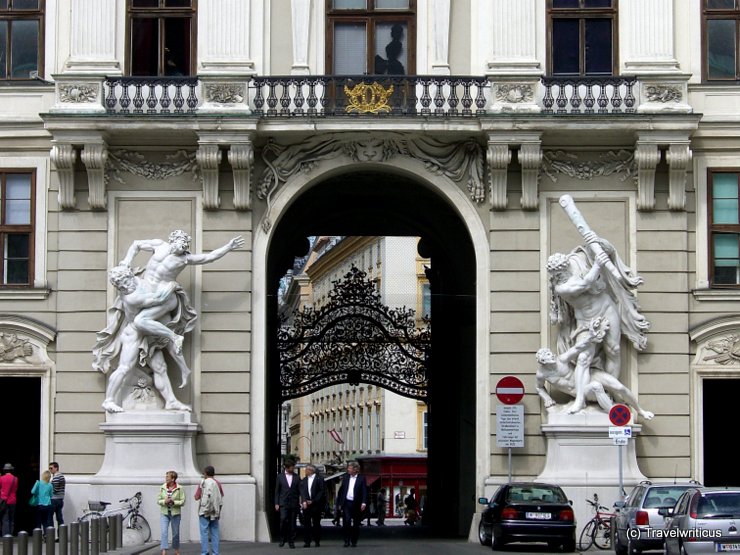
On your walks through the historic district, you will almost inevitably pass through it: the Michaelertor in Vienna. The baroque portal frames the shortest path from the Heldenplatz to the expensive shopping streets near the Wiener Graben. [German]
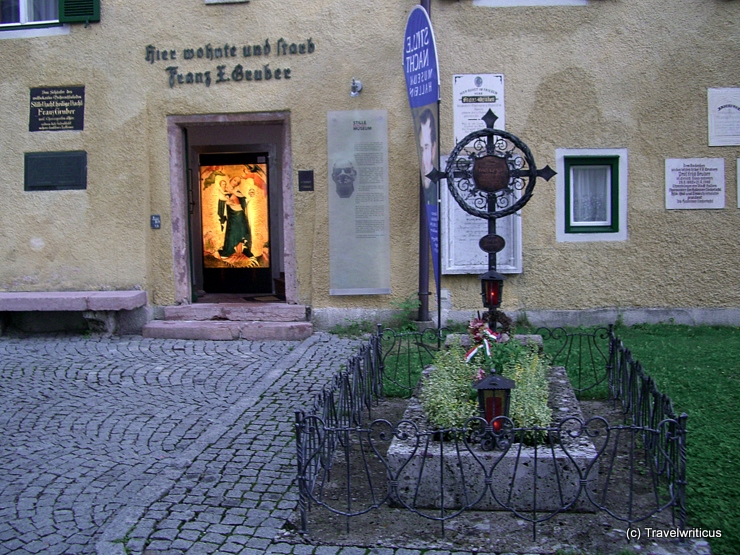
In August 2006, I went to the Silent Night Museum (Stille-Nacht-Museum) in Hallein. It primarily deals with Franz Xaver Gruber who is considered the composer of the famous Christmas carol Silent Night (Stille Nacht, Heilige Nacht).
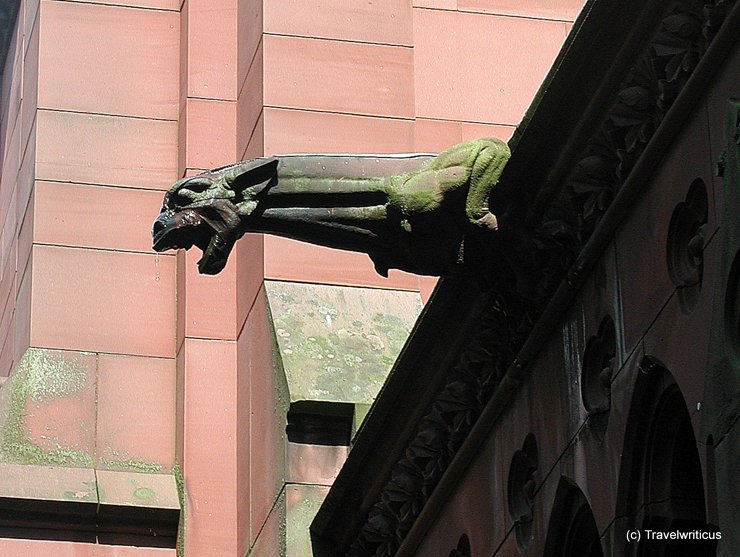
The Sepulchral Chapel (Großherzogliche Grabkapelle Karlsruhe) was commissioned by Grand Duke Friedrich I of Baden and his wife, Luise of Prussia. Five of seven Grand Dukes of Baden found their last rest in this chapel.
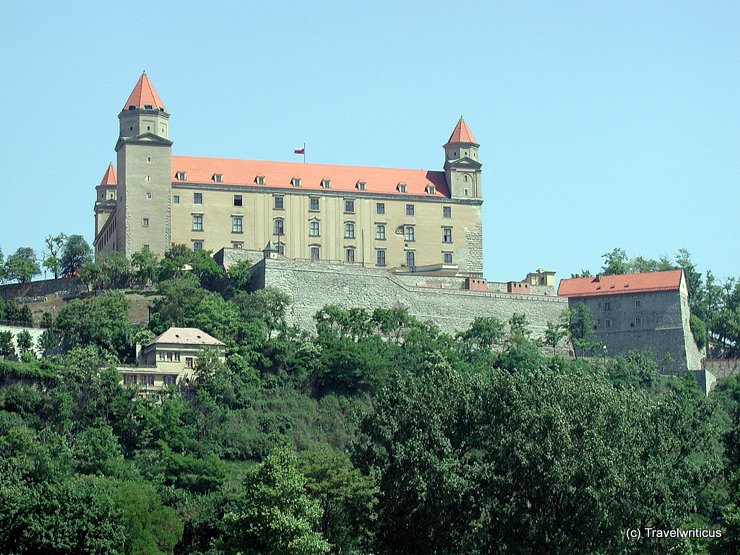
On a sunny spring day, I took this photo of Bratislava Castle (Bratislavský hrad) on board a hydrofoil craft cruising the Danube River. Several companies are passing the castle by boat. One of them is the modern Twin City Liner serving the line Vienna – Bratislava.
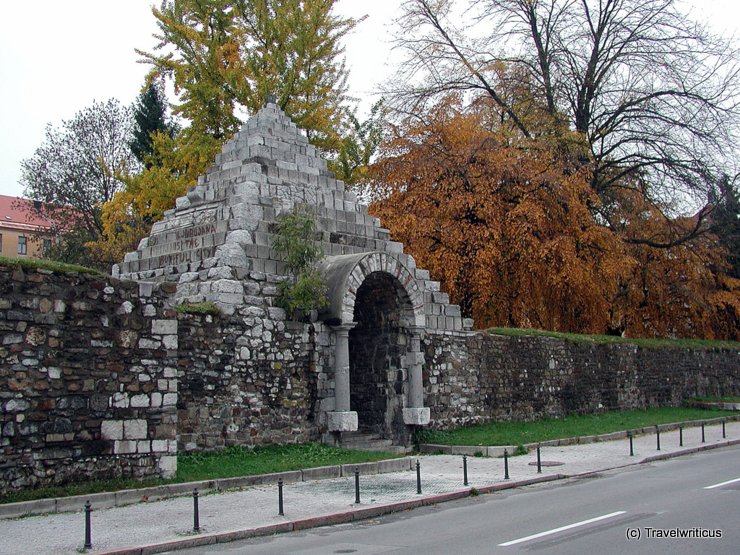
The ancient Roman name of Ljubljana was Emona. Today one can still see some Roman elements in the city. E.g. this redesign of a part of the Roman town walls created by architect Jože Plečnik. The reconstruction of the walls is not really authentic but works as remarkable monument to the former presence of the Romans.
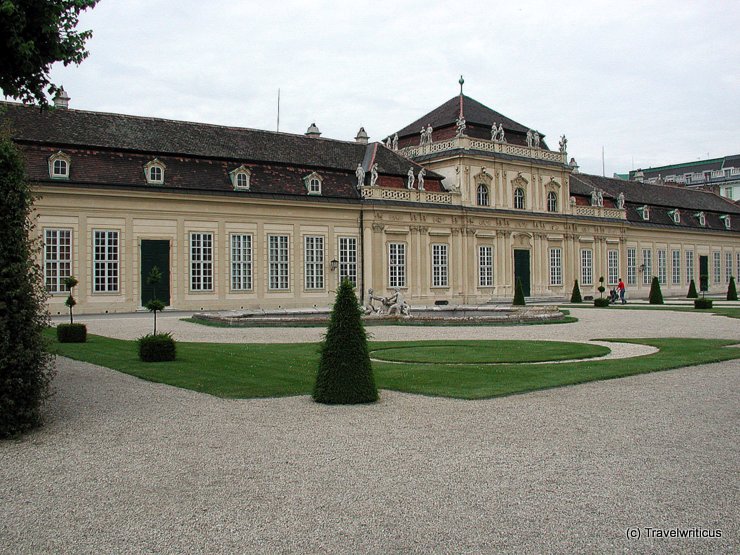
Lower Belvedere Palace (Unteres Belvedere) and Upper Belvedere Palace (Oberes Belvedere) constitute an ensemble near Vienna Central Station (Hauptbahnhof). In the beginning, the Lower Belvedere Palace served as the home of Prince Eugene of Savoy.